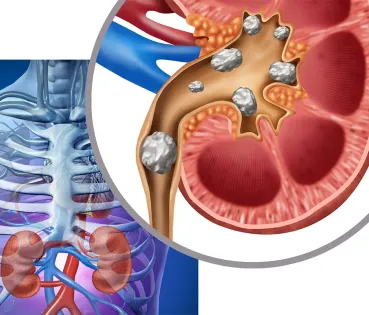
Did you know that coughing, sneezing or hiccoughs are physiological responses to some kind of stimulus?
Find out the reasons behind some of the body’s most common physiological reactions.
These body movements are mainly involuntary responses of the organism to some kind of stimulus, and they are essentially for our survival. The main characteristic of them is that we cannot completely control them; that is to say, we cannot stop them or avoid them voluntarily. But, what function do they have and why can’t we avoid them?
Five physiological reactions and what causes them

Coughing
1 of 5
In the case of coughing, it is a protective reflex that helps to clear the airways when they detect mucus or strange bodies. It is unleashed through some sensors that send signals to the respiratory centre, located in the brain stem, which coordinates a response divided into two phases: closing the airways through inhaling and expelling the irritating agents with a sudden expulsion of air.

Sneezing
2 of 5
Sneezing follows a similar process to coughing, with the difference that, when detecting the irritating agents in the upper part of the airways, the sensors send signals to the brain, causing the violent expulsion of air through the nose and mouth. .

Scratching
3 of 5
Along the same lines, we can also find the reflex action of scratching ourselves, which can be caused by external stimuli (such as for example, insect bites) or internal conditions (such as allergies or skin diseases). Scratching is the result of a motor response that seeks to eliminate the strange agent or to interfere in the signal being sent by the nervous system regarding the itch.

Hiccoughs
4 of 5
Hiccoughs, another common involuntary reflex that happens when the diaphragm contracts suddenly and repetitively, causes the response of a fast inhalation of air followed by the abrupt closing of the vocal chords, originating in the typical sound of this movement. Its causes vary greatly: ranging from having ingested something too fast, to a response to stressful situations or sudden emotional excitement that alters the nervous control of the diaphragm.

Yawning
5 of 5
Finally, yawning is the least known of these stimuli. Unlike all the previous ones, it is not related to the expulsion of irritating agents. Its exact function is unknown, although there are several theories related to the regulation of the brain temperature, oxygenation or even the adaptation of an animal physiological response that transmits the need for activity or preparation for a change of state.




